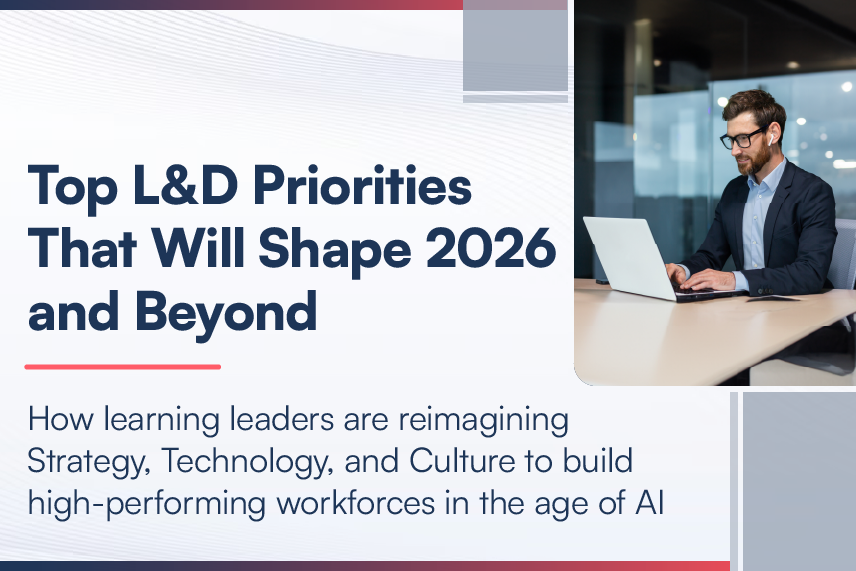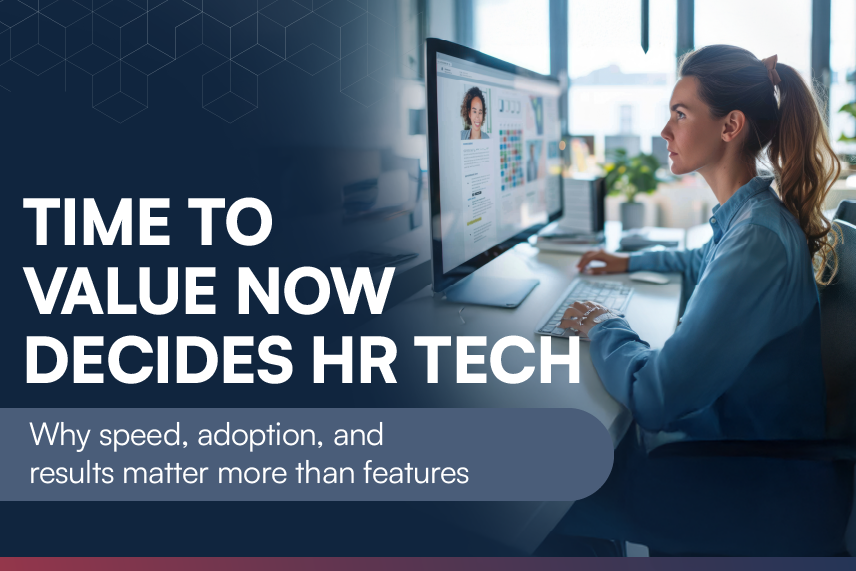
There is no doubt that eLearning has made tremendous progress in the last couple of years. While the global pandemic of Covid 19 forced the entire ecosystem to look at innovative ways in which learning could be imparted; educators, technologists, and eLearning companies rose to the challenge with unforeseen creativity and innovation. What seemed to be an unsurmountable barrier at the outset, turned out to be one of the biggest opportunities that transformed the paradigm of learning like never before.
The Year 2021 was certainly an eventful year in this context. Harbinger Group has been on the forefront of this transformation helping eLearning companies worldwide to deliver impactful, modern learning experiences.
Poonam Jaypuriya, Vice President eLearning, who heads the business operations, strategy, and sales planning at HIL is an established eLearning leader of repute. Her strategic expertise coupled with an extensive experience of steering the eLearning line of business makes her an authoritative voice on emerging technologies and trends.
We round up the year with a quick one-to-one with Poonam to explore the possibilities and prospects that the Year 2022 holds for eLearning. We are happy to share the following insights from our eLearning Leader Poonam Jaypuriya.
Q: What are some of the emerging trends that show promise for improving the learner experience and engagement in the coming year?
Poonam: Based on our conversations and project experience with customers, here are a couple of emerging trends which seem to hold a lot of promise in 2022:
- Competency-based learning to help upskill and reskill employees.
- Content curation for selecting useful content based on immediate business demands.
- Just-in-time learning with AI based solutions like chatbot and nudge-learning.
- AR (Augmented Reality) which is poised to get more mainstream in eLearning.
- VR (Virtual Reality) may still be limited to specialized skills considering budget constraints.
Q: What according to you is the NEXT BIG thing in learning?
Poonam: Today, most companies are struggling with skilling and reskilling of employees owing to new business needs. With the rate at which technology and business demands are changing there is no doubt that this is going to be an ongoing requirement. L&D leaders will be forced to strategize a long-term solution for this business imperative. Obviously, the traditional way of developing eLearning does not have the potential to support this for a sustainable period of time.
According to me, thinking of a new way of upskilling people using competency-based learning – focusing on competency vis-à-vis skill gaps – is a solution that can give targeted learning results. This will be central to most of the eLearning strategies, moving forward.
Q: Will content curation be integral to L&D strategy in 2022?
Poonam: Yes. In the current scenario, businesses, job roles, and expectations from employees are undergoing huge transformation. A lot more is expected from an individual and that too at lightning speed. L&D leaders will not only have to look at the current skill required of employees, but they may also have to factor future needs of the business. The traditional process of identifying the need, creating content with the help of SMEs, developing elearning, and then delivering over a period of weeks before someone can start performing in a role, will have to change.
In the new scheme of things, the role of L&D is gravitating towards making relevant content available right at the point of need. And content curation would be an integral part of the L&D strategy to help achieve the evolving business objectives.
Q: How is emerging technology making personalization and tailored experiences a reality?
Poonam: Using data to track learner actions, and AI to make intelligent recommendations based on common patterns, are the two key drivers that are helping deliver personalized learning experiences.
Earlier there was limited tracking of information in terms of score and completion of learning. However, with the use of xAPI and new age analytics one can track various parameters and learner behaviors which can be used to deliver interesting experiences.
For example, if the learner is not making any progress for a certain amount of time, or one is doing back and forth on a screen or video for multiple times, or skipping certain pages, or clicking on certain specific points or tab multiple times, then such cues can be used to make intelligent learner behavior interpretations to deliver personalized learning experiences.
Q: What is your ‘eLearning resolution’ for the New Year?
Poonam: : My role primarily revolves around designing eLearning solutions with appropriate use of technology and instructional solutions. Technology is evolving at rapid pace. And as a solution designer it is critical for us as an organization to be on top of these evolving technologies. This would help us design and deliver right solutions rapidly and at scale for the modern-day learners and help our customers achieve their business demands.
So, my resolution would be to keep learning and be on top of these technology changes. And also continue to imbibe a learning culture in our team to deliver these solutions at scale.






